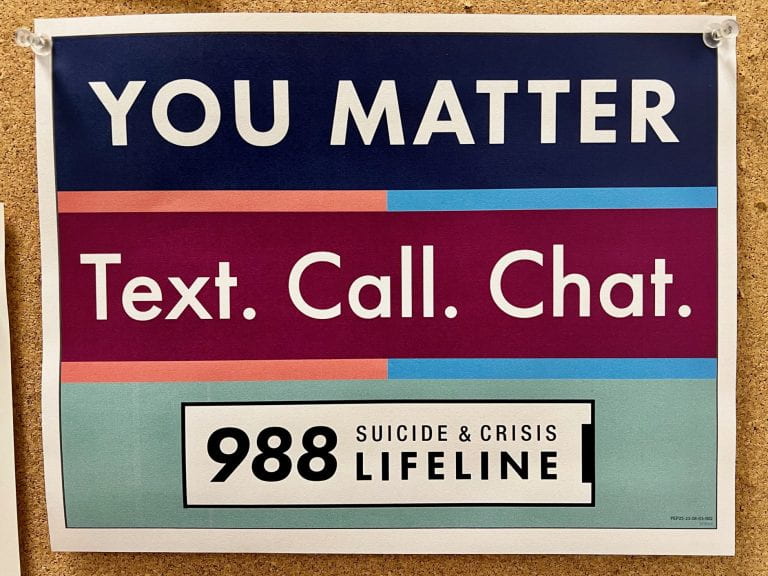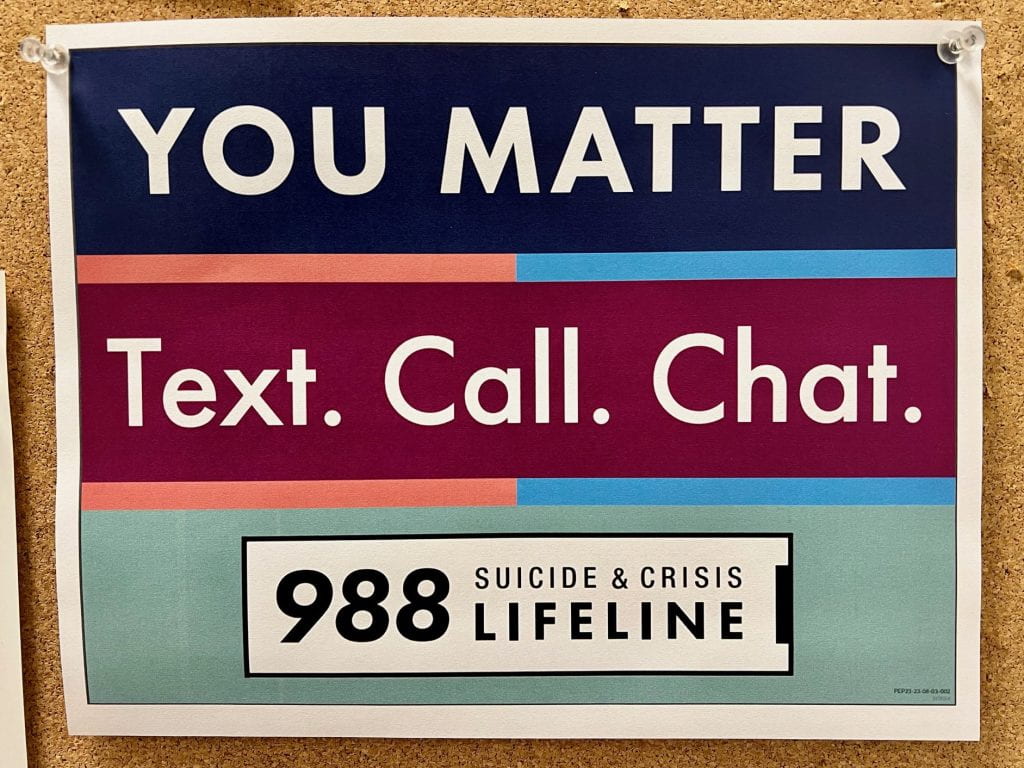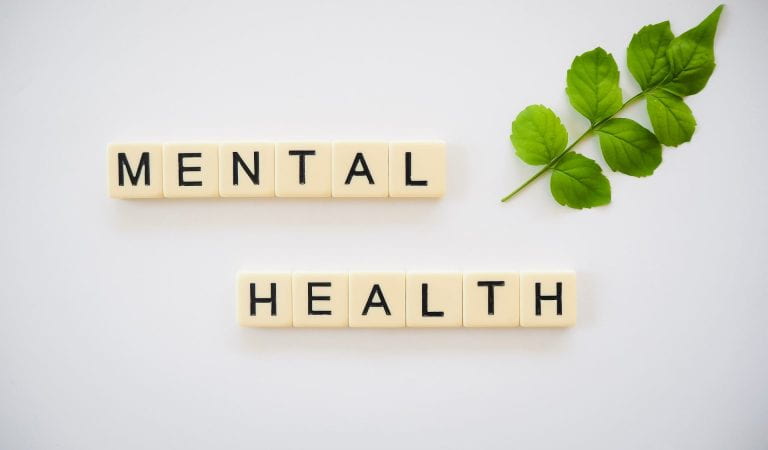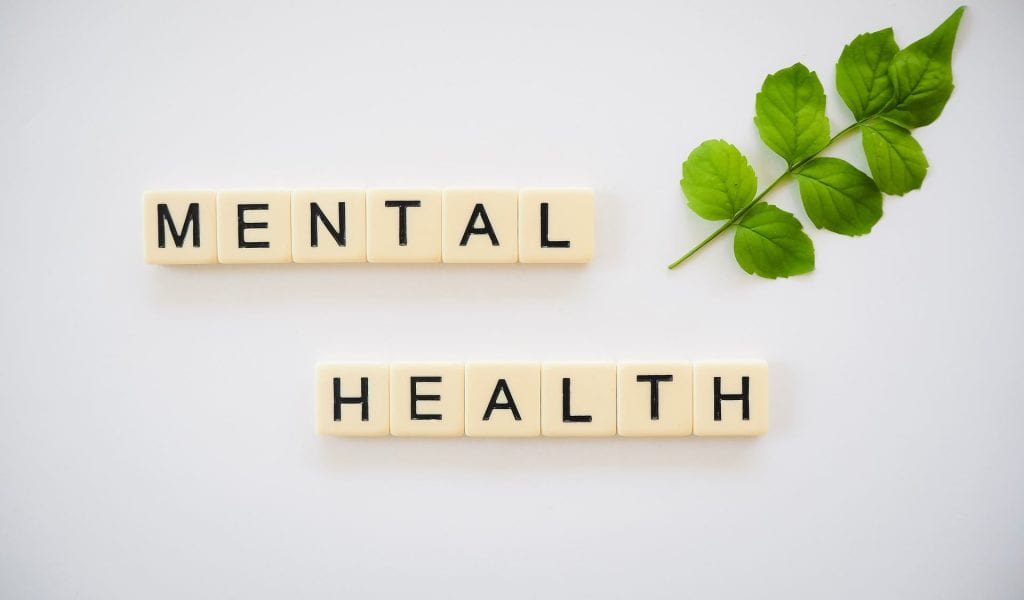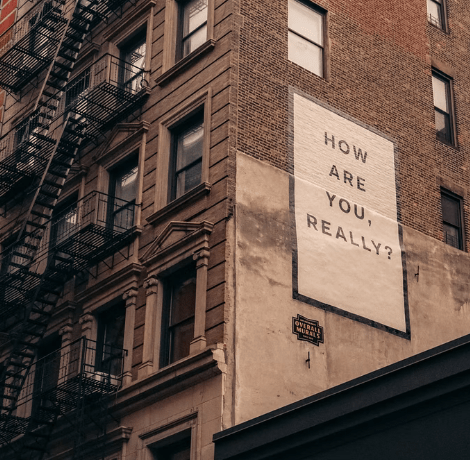
July is National Minority Mental Health Awareness Month! This important yearly observance aims to raise awareness about the unique challenges that impact the mental health of racial and ethnic minority populations. This year’s theme is Be the Source for Better Health: Improving Health Outcomes Through Our Cultures, Communities, and Connections, which emphasizes how the unique social determinants of health of racial and ethnic minority populations impact overall health, including mental health.
Social determinants of health have a profound impact on both physical and mental health. The Centers for Disease Control (CDC) defines social determinants of health (SDOH) as “non-medical factors that affect health outcomes” and can include “the conditions in which people are born, grow, work, live, and age” (CDC, 2024). Five key social determinants of health highlighted in Healthy People 2030 include education access and quality, health care and quality, the neighborhood and built environment, social and community context, and economic stability.

Economic stability is a key determinant of mental health. According to Alegria et al. “unemployment, precarious employment, and employment conditions” are linked to “increased psychological distress, even in countries with universal healthcare, where employer-provided health insurance is less essential to accessing services” (Alegria et al., 2018). Economic stability, neighborhood, and the built environment play a role in food security. Lower-income people are more likely to live in food deserts (areas with limited access to plentiful, affordable, or nutritious food). According to a 2020 National Public Radio article, 19 million Americans, about 6% of Americans lived in a food desert in 2015 (Silva, 2020). Black and Hispanic Americans are disproportionately impacted by food insecurity, with 19.1% of Black households and 15.6% of Hispanic households experiencing food insecurity in 2019, compared to only 7.9% of White households (Silva, 2020).
“Food insecurity and poor diet quality have also been linked to poorer mental health in the United States and Canada” (Alegria et al., 2018). Poor mental health outcomes associated with food insecurity include depression and anxiety. According to Morrison and Frank, there is “a dose-response relationship between the severity of food insecurity and the prevalence of depressive symptoms” (Morrison & Frank, 2023). Food insecurity can also lead to psychological stress responses including “higher levels of anxiety, frustration, and a sense of powerlessness” (Morrison & Frank, 2023).
Social and community contexts also play a vital role in the social determinants of mental health. Violence within the community can have a large impact on mental health. “Direct and indirect experiences of community violence in adolescence have been significantly associated with elevated depressive, anxiety, and PTSD symptoms” (Alegria et al., 2018). Additionally, living in areas with high incarceration rates is associated with an increased risk of a major depressive or generalized anxiety disorder (Alegria et al., 2018).
Some unchangeable, fixed characteristics, such as race/ethnicity, nationality, gender, and sexual orientation, also play an important role in mental health. The intersectionality between minority status of race, sexual orientation, and gender identity is an important consideration (Morrison & Frank, 2023). LGBT adults who are also racial/ethnic minorities reported poorer mental health than white respondents (Alegria et al., 2018). Higher rates of suicide have been reported among minority youth who were also marginalized due to sexual orientation and gender identity (Morrison & Frank, 2023).
It’s important to understand the relationship between social determinants and mental health. “Poor mental health can aggravate personal choices and affect living conditions that limit opportunities” (Alegria et al., 2018). A focus on improving social determinants of health will help improve mental health for minorities who are often disproportionately impacted. “Multilevel interventions aimed at eliminating systemic social inequalities - such as access to educational and employment opportunities, healthy food, secure housing, and safe neighborhoods - are crucial” (Alegria et al., 2018). Primary care physicians can use validated screening tools such as the Social Needs Screening Tool developed by the American Academy of Family Physicians (Morrison & Frank, 2023). Social prescribing, linking patients to appropriate social and community services, is another option for physicians. By addressing the social determinants of health that impact minority mental health through a comprehensive approach, we can work to “advance health equity, reduce health disparities, and Be the Source for Better Health for racial and ethnic minority and American Indian and Alaska Native populations” (HHS, 2024).
References:
Alegría, M., NeMoyer, A., Falgàs Bagué, I., Wang, Y., & Alvarez, K. (2018). Social Determinants of Mental Health: Where We Are and Where We Need to Go. Current psychiatry reports, 20(11), 95. https://doi.org/10.1007/s11920-018-0969-9
Centers for Disease Control (CDC). (2024). Social Determinants of Health. https://www.cdc.gov/public-health-gateway/php/about/social-determinants-of-health.html
U.S. Department of Health & Human Services Office of Minority Health (HHS). (2024). National Minority Mental Health Awareness Month 2024 Toolkit. https://minorityhealth.hhs.gov/national-minority-mental-health-awareness-month-2024-toolkit
Morrison, L., & Frank, C. J. (2023). Social Determinants of Mental and Behavioral Health. Primary care, 50(4), 679–688. https://doi.org/10.1016/j.pop.2023.04.003
Silva, C. (September 27, 2020). Food insecurity in the U.S. by the numbers. National Public Radio (NPR). https://www.npr.org/2020/09/27/912486921/food-insecurity-in-the-u-s-by-the-numbers




